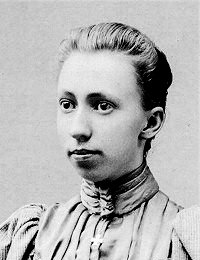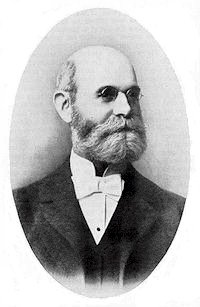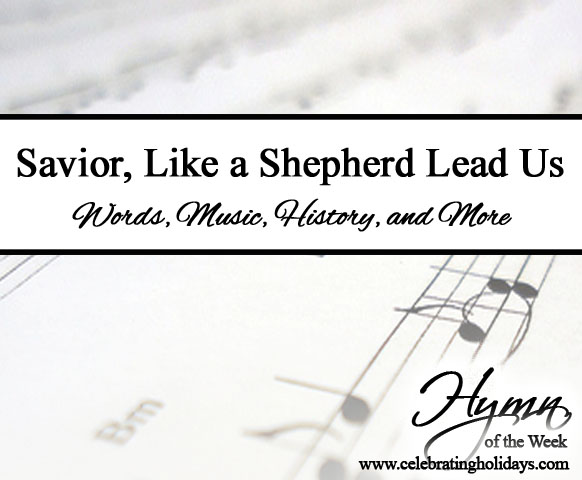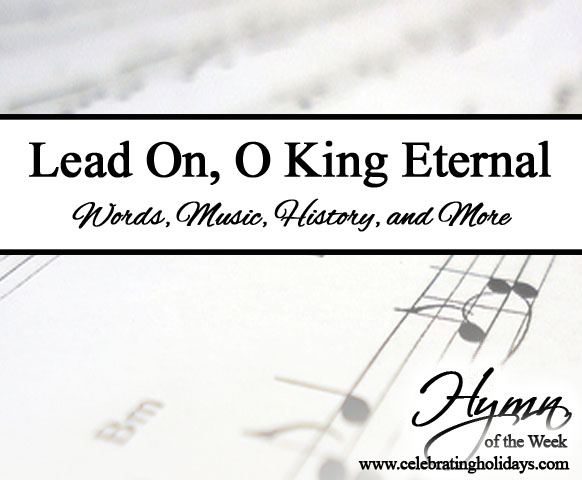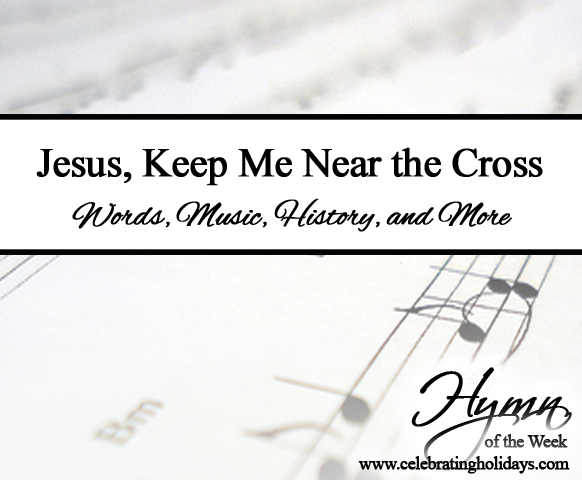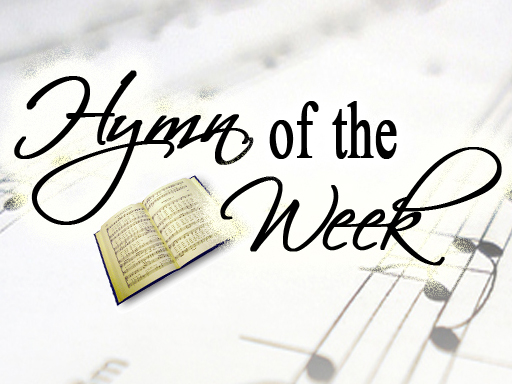Lead Me to Calvary
This page includes a lyric video, history, sheet music, and other resources for the classic hymn “Lead Me to Calvary (King of My Life).” Enjoy!
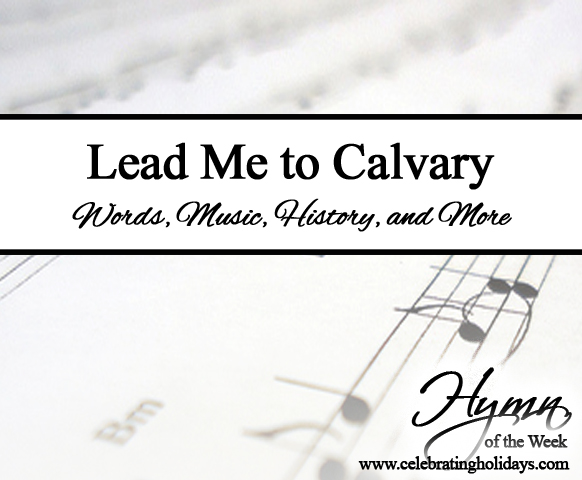
Enjoy this You Tube video, performed by Hymn Charts, with lyrics for “Lead Me to Calvary”:
History of “Lead Me to Calvary”:
Words by Jennie Evelyn Hussey (1874-1958), Published in 1921
In 1874, Jennie Hussey was born in rural New Hampshire (where she spent much of her life). For many years, she was the primary caregiver for an invalid sister, despite dealing with her own crippling arthritis.
Though Jennie was born into a Quaker family that went back many generations, she chose to identify with the Baptists as an adult. Since Quakers did not practice water baptism, Jennie asked to be baptized at First Baptist Church in Concord, New Hampshire. She told the pastor, “I’ve spent much of my life hidden away in the country, and I’d like to have the opportunity, before God takes me home, to tell everybody, ‘I love Jesus.’”1
Jennie had been a poet since her youth, and she used this gift to beautifully declare her love for Jesus. The hymn “Lead Me to Calvary” is said to have been born out of Jennie’s painful battle with arthritis;2 she prayed the words of her hymn:
May I be willing, Lord, to bear
Daily my cross for Thee;
Even Thy cup of grief to share,
Thou hast borne all for me.
The remaining verses followed, and Jennie’s hymn would later appear in over 90 hymnals. Jennie continued to show her love for the Lord in poetry, and by the end of her life in 1958, she had penned dozens of hymns.
Tune “Duncannon” by William James Kirkpatrick (1838-1921)
The tune “Duncannon” was written for Jennie’s words and was named after William’s birthplace — Duncannon, Pennsylvania.3 As the son of a school teacher and musician, William was raised in a musical environment. William spent his life in Pennsylvania where he studied and worked in carpentry and mechanics for several years. However, he found himself devoting all of his free time to music. He was particularly skilled in violin and cello and was in constant demand at his church. By 1855, as a teenager, he chose to devote himself to sacred music, and God blessed him with a beautiful and fruitful ministry. William began composing hymns and published his first tune in 1858. By the end of his life, he had composed over 160 tunes. He also helped to edit and publish an estimated 50 hymn collections.4
History of “Lead Me to Calvary”:
King of my life, I crown Thee now,
Thine shall the glory be;
Lest I forget Thy thorn crowned brow,
Lead me to Calvary.
Refrain
Lest I forget Gethsemane,
Lest I forget Thine agony;
Lest I forget Thy love for me,
Lead me to Calvary.
Show me the tomb where Thou wast laid,
Tenderly mourned and wept;
Angels in robes of light arrayed
Guarded Thee whilst Thou slept.
Refrain
Let me like Mary, through the gloom,
Come with a gift to Thee;
Show to me now the empty tomb,
Lead me to Calvary.
Refrain
May I be willing, Lord, to bear
Daily my cross for Thee;
Even Thy cup of grief to share,
Thou hast borne all for me.
Refrain
Additional Resources for “Lead Me to Calvary”:
Sheet Music (PDF Compliments of Hymnary.org)
Guitar Chords (Links to Ultimate Guitar)
Visit Hymnary.org or Hymn Time.com for more on this hymn.
See our Hymn of the Week page for a list of our selected hymns.
This page was created by:

We welcome your ideas! If you have suggestions on how to improve this page, please contact us.
You may freely use this content if you cite the source and/or link back to this page.
Sources:
1 Cottrill, Robert. Wordwise Hymns.
2 Ibid.
3 Hustad, Donald P. Dictionary Handbook to Hymns for the Living Church. Hope Publishing Company, 1978, p. 68.
4 Hymn Time, “William James Kirkpatrick.”
